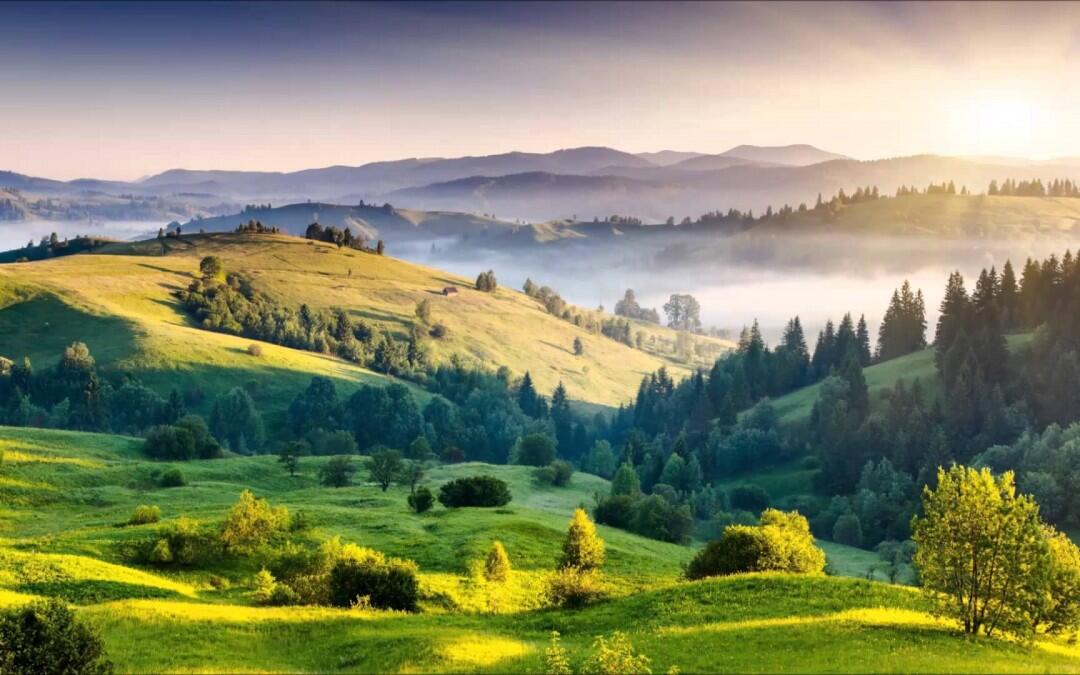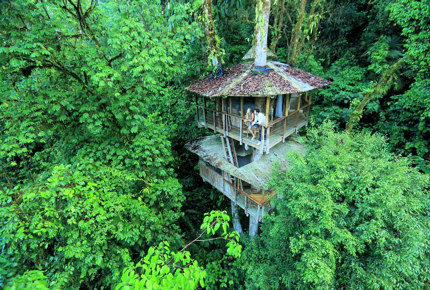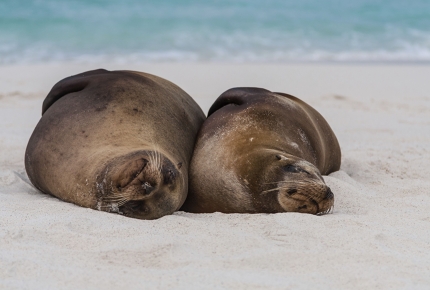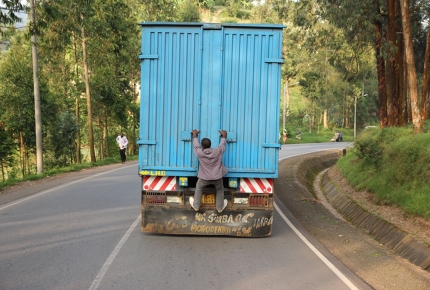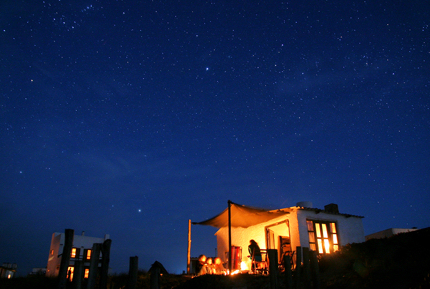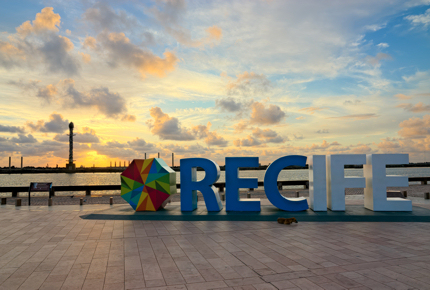Costa Rica
The Costa Rican phrase, pura vida (pure life), has taken on a whole new meaning as the country ran solely on renewable energy for a record-breaking 75 days in 2015. This is hardly surprising: 94% of its energy comes from renewable sources and it’s home to La Fortuna, the world’s first carbon-neutral destination.
It may have smouldering volcanoes and heavenly beaches, but the real jewel of Costa Rica is its rainforest, something the Finca Bellavista tree house community takes full advantage of. High in the canopy, Finca is a self-sustaining community with its own fruit and vegetable gardens, biodigesters for sewage and zip-wires for transport.
Finca Bellavista Facebook
2) Ecuador
The first country to recognise the rights of nature in its constitution, Ecuador was named World’s Leading Green Destination at the World Travel Awards in 2013 – and then again in 2014.
As well as laying claim to the Galapagos Islands, Ecuador boasts a huge chunk of Amazon rainforest and is one of the last bastions of South American cloud forest. The country is not without its environmental issues (tempting oil reserves lie beneath the rainforest), but it remains one of the most biodiverse destinations on the planet and offers some of the best eco-lodges in South America.
PaoloFrigeri / Thinkstock
3) Rwanda
If you’re visiting Rwanda on the last Saturday of the month, then you better pack a litter picker. Why? Because your trip will coincide withumuganda, a day of national housekeeping when every citizen (including the president) goes out to clean the country.
This monthly spruce up – and the fact Rwanda has banned plastic bags – makes it one of the cleanest nations on the planet. But that’s just the tip of the eco iceberg. Thanks to its conservation efforts, Rwanda’s endangered mountain gorillas are thriving, and there are also plans to reintroduce lions and rhinos to Akagera National Park later this year.
Gavin Haines
4) Uruguay
Think of green Uruguay these days and you’ll probably conjure up images of former president, José Mujica, sparking up a bifter. But as well as becoming the first country in the world to legalise weed, this South American nation is also a haven of environmental goodness.
With wind, water and agricultural waste set to generate 95% of Uruguay’s electricity this year, the continent’s smallest nation is on a quest to do without oil. But it’s hippie enclaves like Cabo Polonio on the coast that are wooing tourists with a back to basics lifestyle of no electricity, no roads and communal candlelit meals.
Creative Commons / Montecruz Foto
5) Recife, Brazil
Recife has all the hallmarks of its southern cousin, Rio: glass skyscrapers, gardens of golden sand, warm sapphire seas, colourful colonial constructions, rainforest. But as a model city for the Urban LEDS initiative, it’s also got great green credentials.
Nearly half the city is green space, most of which is protected under conservation laws. To reduce car numbers, the city is also making the Capibaribe River navigable. Afforestation, new bike lanes and public LED lighting are also in the pipeline, plus buildings higher than four floors are having their rooves covered in native vegetation.
mmtsales / Thinkstock

